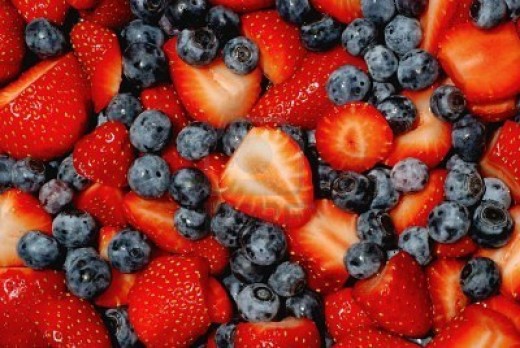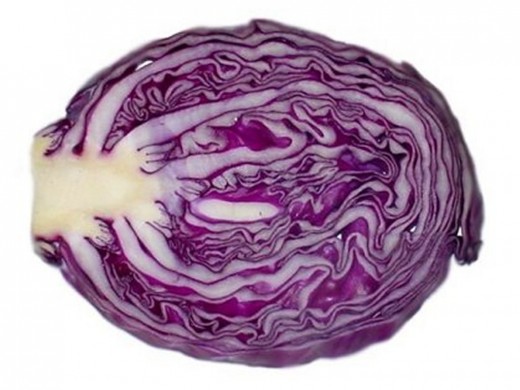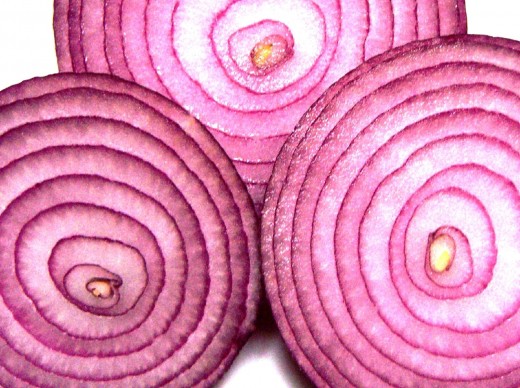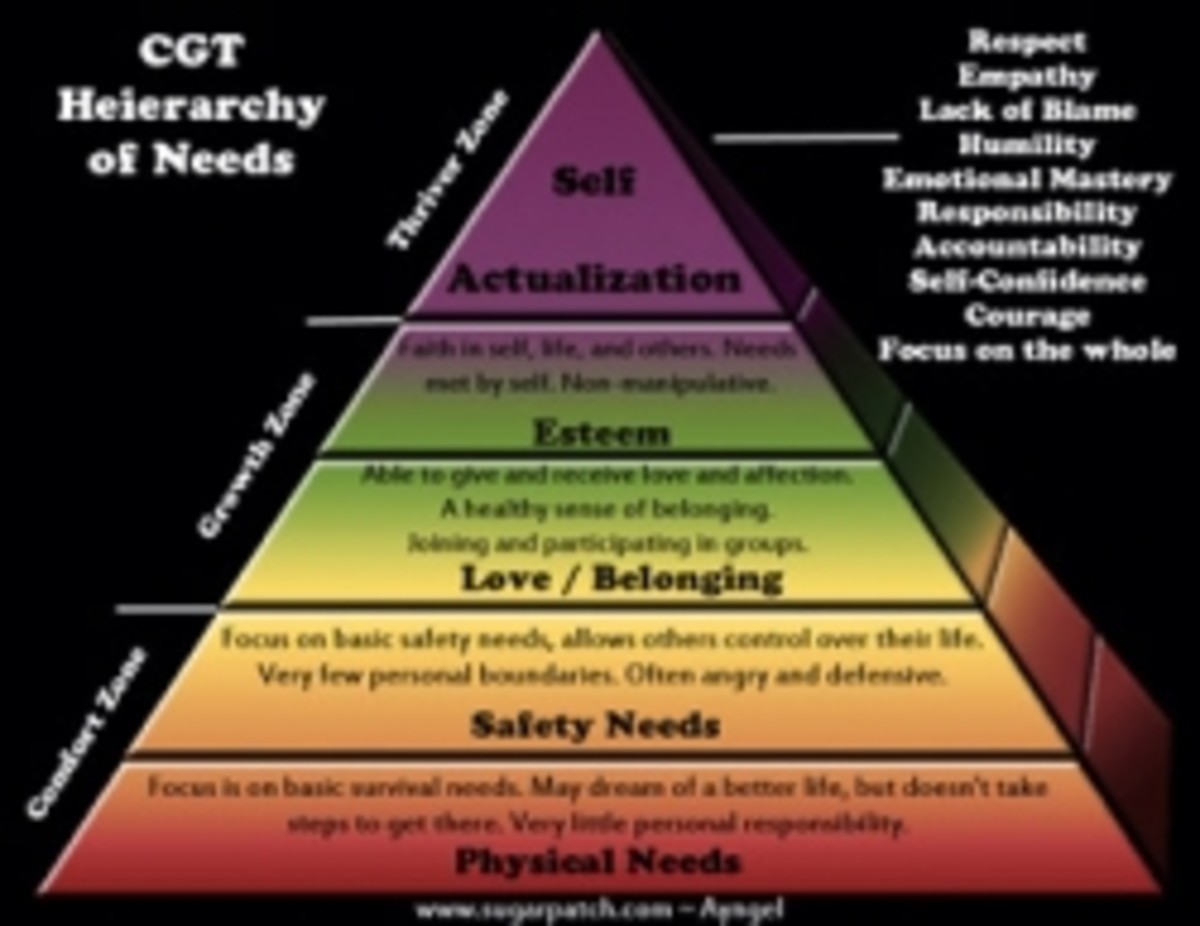Brain Foods
Large Clinical Trial Improves Brain Function
Brain Function improved when women ate the right foods in this study. Brigham and Women’s Hospital completed medical studies of 16,000 women under the direction of Elizabeth Devore. This is actually one of the Nurses Health Studies, which are long term studies of women’s health.
The team discovered specific “brain food” that slowed mental decline which often accompanies aging. Women in the 50 to 60 age range were followed via phone calls and questionnaires about their diet until they were in their 70’s. At that time the women were brought into the lab for six different cognitive function tests.
The research team compared several factors of the women that are known to affect mental cognition, such as education, income, diet and other social-economic factors. The surprising findings concluded that women who ate berries weekly slowed down their mental decline by 1 1/2 to 2 1/2 years. For the positive mental effect to take place the women ate 1/2 cup of blue berries or 1 cup of strawberries per week. Food for the brain does improve memory and brain function.
Berries Galore

The Blood-Brain Barrier
Flavenoid - Anthocyanidin
In previous studies on rodents scientists discovered that a key compound found in berries is a flavonoid, called anthropocentric, and it crossed the blood brain barrier. This remarkable fact is unique, as many medications do not even cross this barrier. The anthocyanidin seeps into the blood and into the brain tissue, specifically the hippocampus, which is the part of the brain that is responsible for learning and memory.
This antioxidant also fights inflammation and oxidation, both processes that affect aging brain cells. Anthocyanidins are actually sugarless plant pigments, which give the intense color to fruits and vegetables.
Eating these fruits and vegetables which contain anthocyanidins does not guarantee you won’t get Alzheimer’s disease or dementia but it does improve your odds. The fact that it also fights inflammation and oxidation will help prevent other diseases as well, such as heart disease and arthritis.
In the study other factors were taken into account, which are considered brain-healthy habits. These include having more education, participating in intellectually satisfying pursuits and maintaining a network of activities with friends. Elizabeth Devore stated, “In the end, we did not see a lot of confounding from these factors.” The diet including anthocyanidin was the single factor that slowed mental decline.
Red Cabbage

Red Onion

List of Foods with Anthocyanidins
Eat fruit and vegetables that contain dark colors. They can be fresh or frozen. Some foods, such as eggplant, should be eaten including the skin, which contains the bulk of the antioxidant. Green tea is also a source. Anthocyanidins and flavonoids are found in these colorful foods. They reduce the effect of stress in our everyday lives.
This is a list of healthy brain foods:
- Blueberries - Eat alone, with cereal, in yogurt or in muffins.
- Red or black grapes - Obviously a tasty snack.
- Cranberries - These berries are tart and many people desire added sugar, so try getting them into your diet with a cranberry blend drink, dried on a salad or in cranberry sauce if this is a problem.
- Rasberries and Blackberries - These berries are loaded with anthocyanidins and buy them in season. Store a supply in your freezer.
- Red Cabbage - Use the cabbage in slaw, soups, salads or cooked anyway you desire.
- Red onions - These are great for salads, on sandwiches, soups or pasta dishes. Use them raw when possible.
- Eggplant - Consider eating them whole when roasting or fixing them in a way that includes the skin.
How to Get More Antioxidants into Your Diet
In Conclusion
More research needs to be done, but it obvious that what we eat has a lot to do with our general health and how we age. As new science develops, they are learning much more about the impact of food and our lifestyles on our health.
Most people really like fruits, which makes eating the ones with anthocyanidins a pleasure. They are great for a snack and you really do not need to eat a large quantity in order to receive the positive effects. Enjoy your diet!
The copyright, renewed in 2018, for this article is owned by Pamela Oglesby. Permission to republish this article in print or online must be granted by the author in writing.



